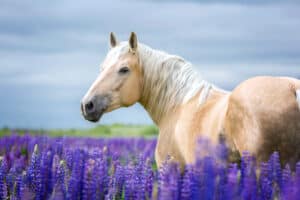Horse or equine terminology is confusing if you’re not an equestrian, have been raised on a farm, or work within the industry. The field often has a vast vocabulary of jargon used to describe horses. The two most frequently confused terms are foal vs. colt, which have the same meaning but one significant difference.
Since the two terms can’t be used interchangeably, we need to further understand what each one means. Let’s look at how the two differ and how you can use the terms correctly without worry.
What Is Equestrian Terminology and Why Does It Matter?
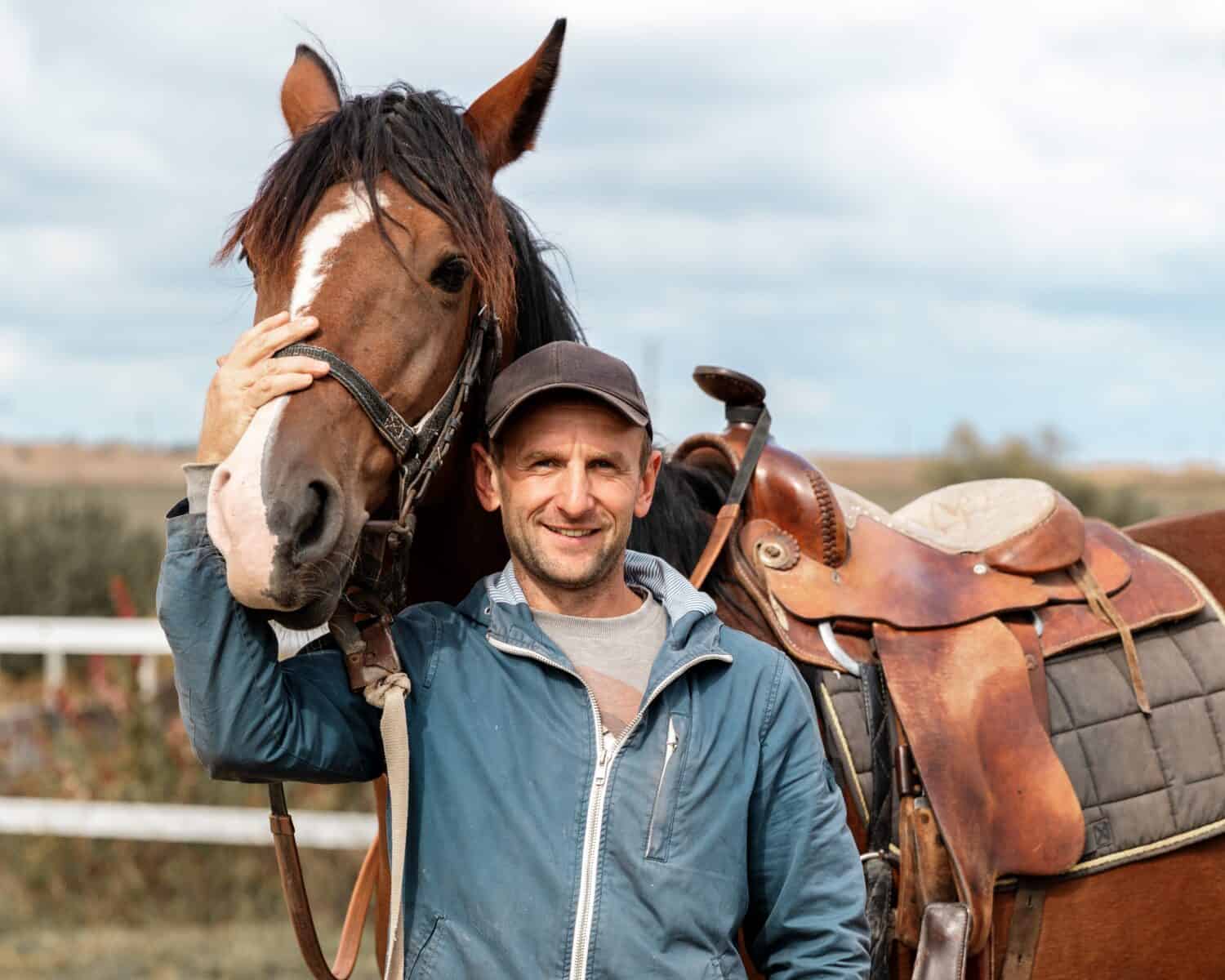
Equestrian terminology is helpful for communicating in fewer words.
©Tanya Kalian/Shutterstock.com
Equestrian terminology is essential to the lingo of horse keepers and is used in various professions. These terms are similar to medical jargon, except they are explicitly designed to be used with equine animals. Equine animals refer to the horse family, donkeys, etc.
Just as medical jargon is used to describe a set of specific symptoms or conditions, equestrian terminology is the same. The lingo is used to help shorten and ease communication between parties. Mastering all equestrian terms might take time, but they are well worth the effort, so you won’t miscommunicate.
Foal vs. Colt: The Main Difference
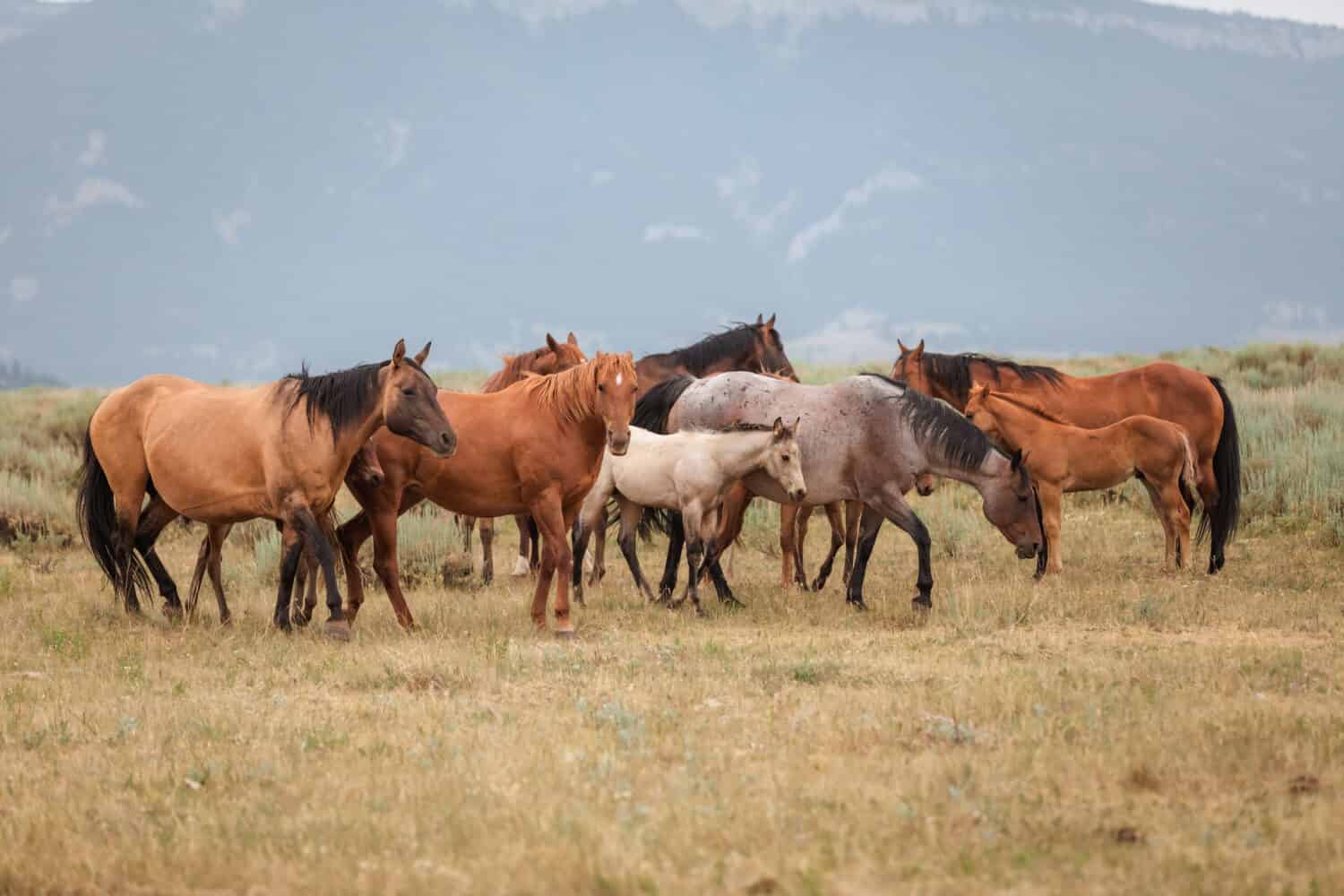
A foal and a colt are very similar, except for one difference.
©Christy berry/Shutterstock.com
A foal is a horse of either sex and is less than a year old. On the other hand, a colt refers to a male horse under the age of 4, as long as it has not been castrated. The act of castration is the removal of a male horse’s reproductive organs. The correct term to describe castration in horse terminology is gelding.
Foal vs. Colt: 4 Key Differences
Aside from the main difference, four key differences set the two apart. It’s a bit complicated initially, but it will make sense if you read the explanations. Let’s check out the four key differences between a foal vs. colt.
Difference #1: A Colt Is a Male
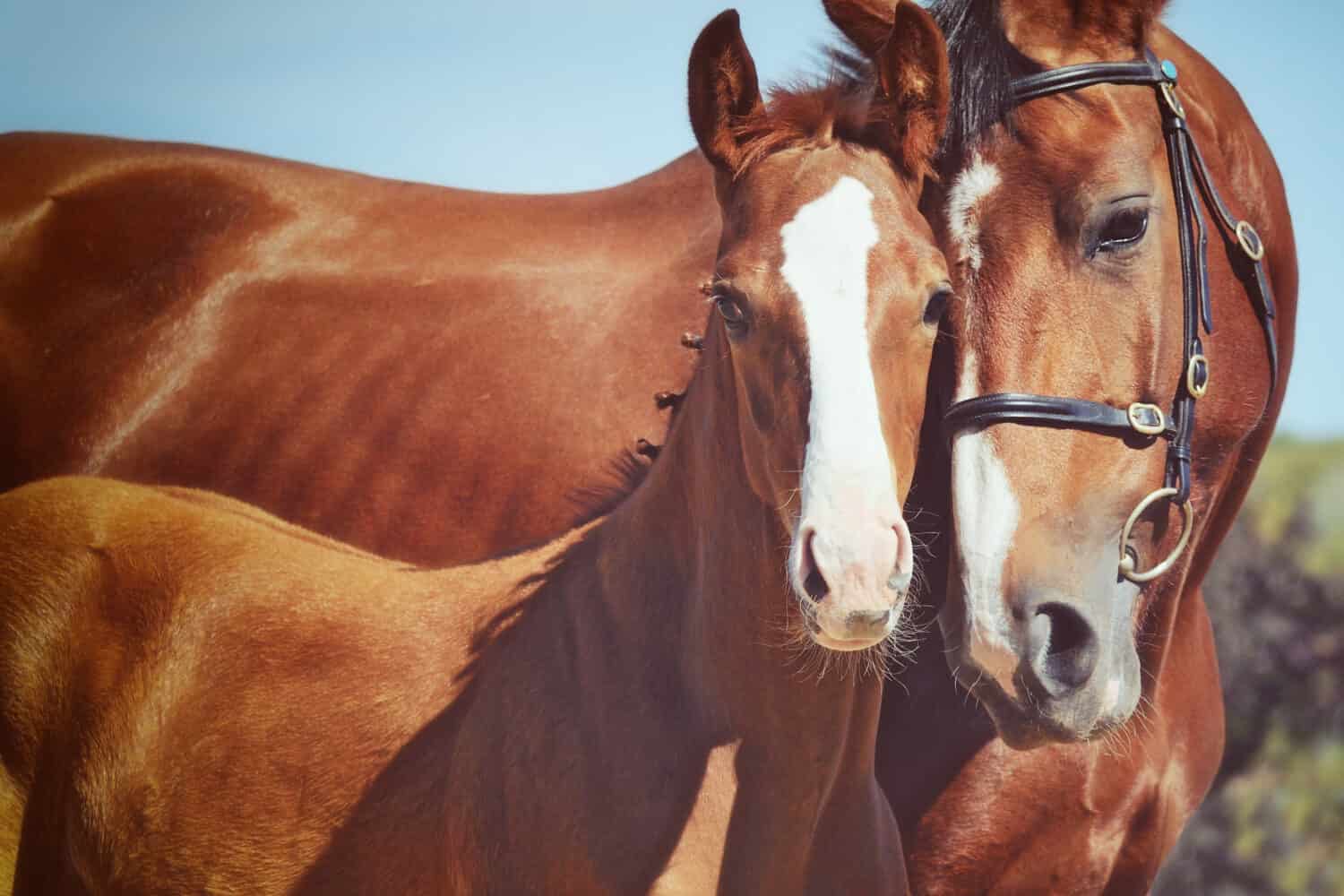
A colt is always used for male horses under the age of four.
©pirita/Shutterstock.com
The first major difference is that colt is a term only for male horses. Female horses can not be called a colt, as they have their own term called a filly. Throughout a horse’s lifespan, there are different terms to refer to their stages in life. It’s similar to the term boy, son, or man as those are all terms that can be used to refer to males.
Different #2: A Foal Can Be Younger Than a Colt
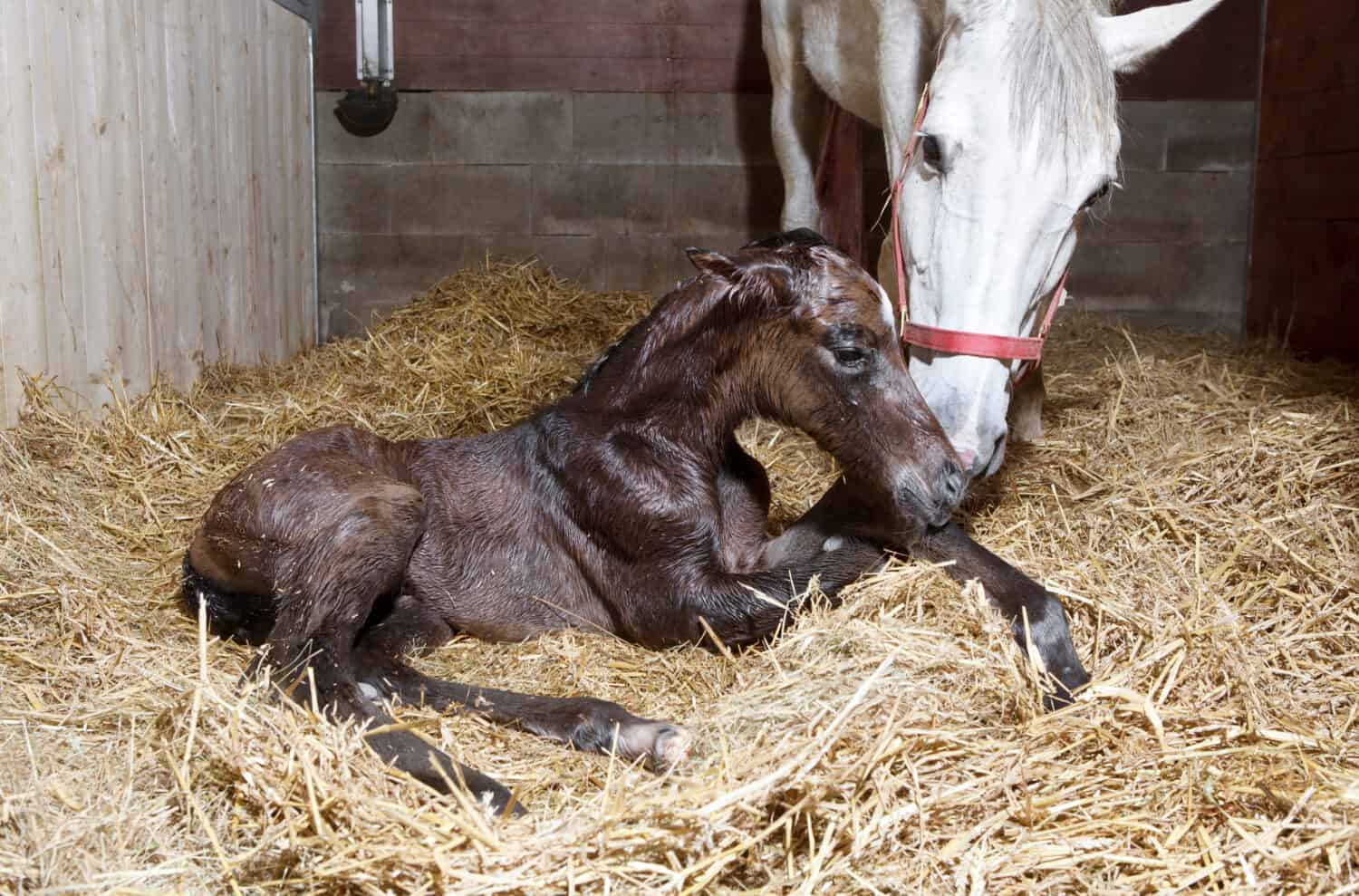
A foal can be called a suckling if it is still breastfeeding from its mother.
©pfluegler-photo/Shutterstock.com
The two terms often get confused because a colt can be called a foal. The main difference is that a foal is essentially younger and only refers to horses under a year of age. This can be tricky, as you’d expect to be able to use the terms interchangeably, but you can’t. You can only use the term interchangeably until the horse is a year old.
Difference #3: Foal Can be Used For Females

The term foal can be used for females and males under a year old.
©Michaela Holubova/Shutterstock.com
Unlike a colt, a foal can reference a female horse under a year old. The term colt is only good when referring to a male horse under the age of four. However, a foal can be either female or male and must be under the age of one.
Difference #4: A Colt Can Be Up to 4 Years Old

Colts can be up to 4 years of age.
©Shawn Hamilton/Shutterstock.com
Unlike a foal, a colt can be up to the age of 4. Of course, the colt must be a male horse. The horse is called a filly if it is four years old and female. In the United States, a colt is a male horse from 0-4 years of age. However, in the United Kingdom, it refers to a male horse 2-4 years of age.
The Origins of Foal and Colt Terms
A foal, or fola in Old English, refers to a young animal of the horse family. Similar terms can be seen in Dutch, Old High German, and Old Saxon. Many countries have adopted the term and used it to reference a young animal of the horse family below the age of 1.
On the other hand, a colt refers to a young horse or young ass in Old English. It was used with various animals in the horse family and mainly for boys. However, the term mainly came to light when the rise of horse raising became popular.
In the United Kingdom, the term colt was defined as being an uncastrated male from 2 until 4. However, today’s term can be used for a male horse until age 4.
When Do You Use the Term “Foal”?

The term foal can be used for any horse under the age of a year.
©Brinja Schmidt/Shutterstock.com
First, let’s tackle the meaning of a foal, as it’s the most commonly used term for young horses or related animals. The term foal can be used for any horse under the age of a year. Regardless of sex, the term foal can be used for males and females as long as they are under a year of age.
However, you might also hear people call horses of this age suckling. This term is used to describe a foal that is still feeding from its mother. In addition, you would not use the term foal until the horse is born. Although, some people do use the term foal to describe a horse still in the womb.
A horse that has graduated from being a foal is then referred to as a yearling until it reaches the age of two. The term can be used with both female and male horses.
As you can see, the term foal can be used simultaneously when a person calls the horse a suckling. It’s a bit confusing, but as you learn each term, it will make more sense as to what term is best for specific scenarios.
When Do You Use The Term “Colt”?

Colts are younger than 4 years old and are male.
©Mark van Dam/Shutterstock.com
A colt is a young male horse under the age of 4. You can refer to a male horse younger than a year as a colt, but it might be confusing. The term colt can be used until it is 4, which means the person might misinterpret you saying that the young male horse is older than one year.
The word colt is similarly used to the word boy. You would not call a matured horse a colt, as that would be similar to using the term man. In addition, you wouldn’t call a female child a boy but instead a girl. You would use the term filly when referring to a small female horse under the age of one.
You can use the term colt and foal interchangeably, given that the horse is male and under one year old. This is one of the reasons so many people tend to get the two confused. You wouldn’t be able to do the same with a female, young horse, as instead, they would be referred to as a filly.
The Bottom Line
When communicating horse terminology, having a system that makes scenarios less confusing is better. Having strict jargon can help cut down on confusion and effectively communicate what you mean without giving a whole explanation. It’s been favored in almost every profession, even the equestrian field.
As you can see, horse terminology is confusing and has strict limitations. You and anyone else can learn the correct terms despite the many terms. It might take some time, but practice and learning the definition of each can help you use them correctly. With enough time, you’ll be a pro and will be able to understand and communicate effectively with other horse lovers.
The photo featured at the top of this post is © meunierd/Shutterstock.com
Thank you for reading! Have some feedback for us? Contact the AZ Animals editorial team.





